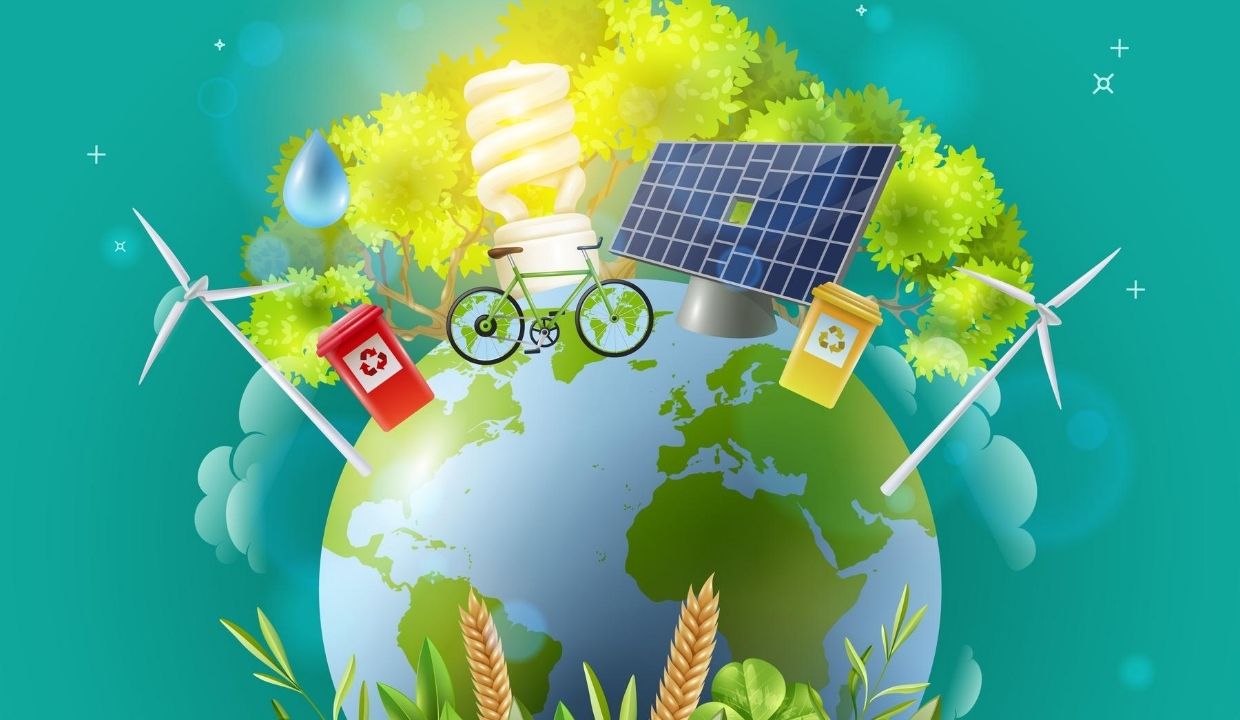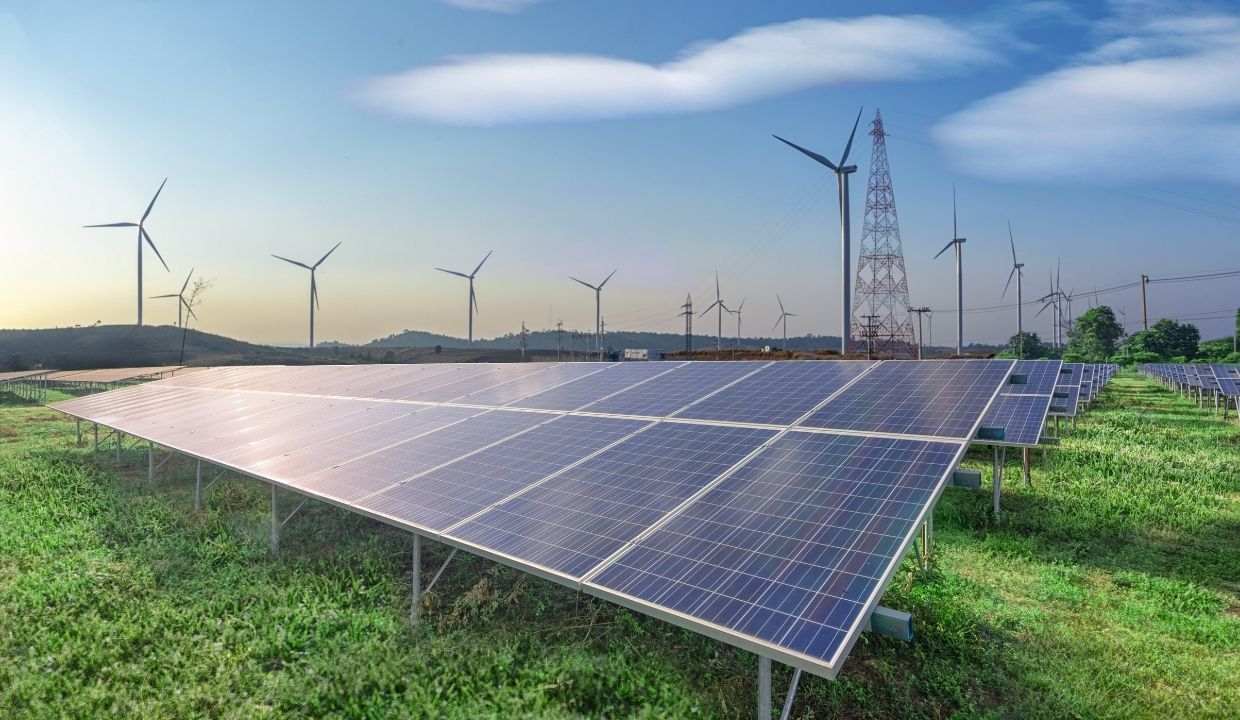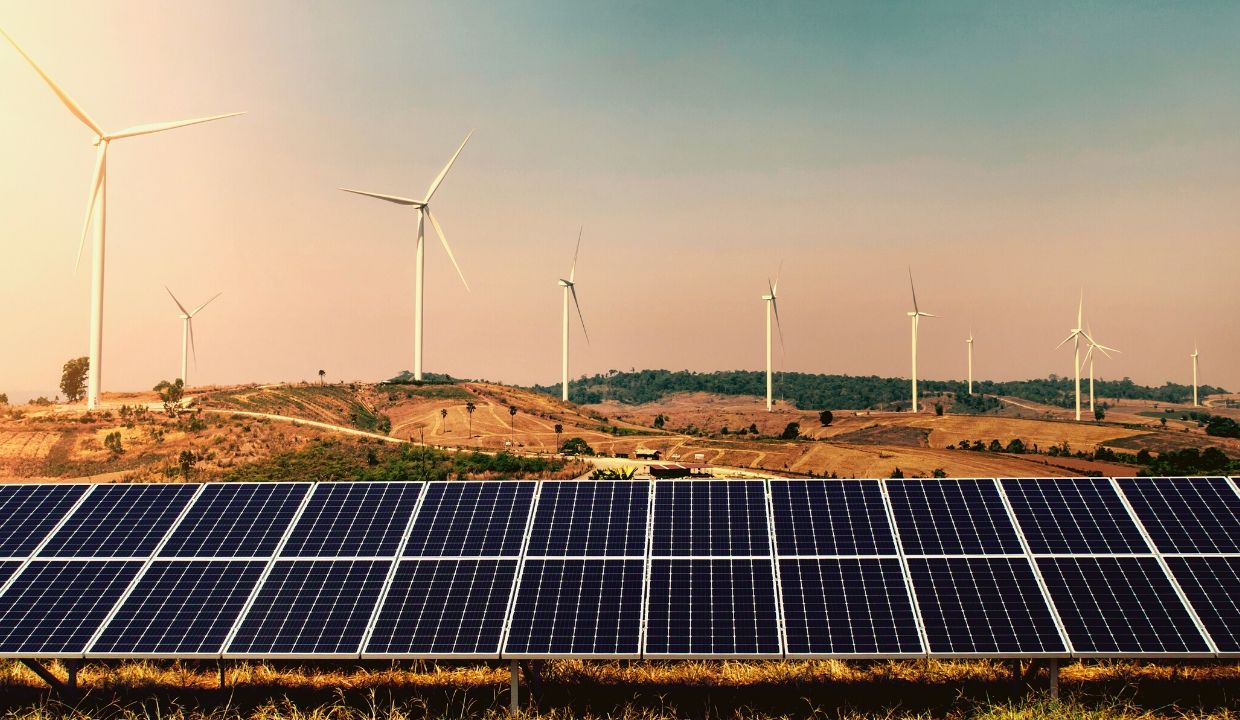On June 15th, 2020, at the National Assembly’s socio-economic discussion session, the Ministry of Industry and Trade clarified a number of issues related to the implementation of power projects and energy security in Vietnam amid the the situation of energy supply, especially electricity supply is facing many difficulties when hydroelectric and thermal power reserves are almost fully exploited and the risk of energy import is increasing.
Vietnam has the advantage of being an equatorial country, with high annual sunshine hours (average from 1800-2600 hours/year) which is an advantage to develop solar energy. Vietnam has a long coastline (3260 km) and favorable terrain, the construction of wind power stations is a solution that can help improve Vietnam’s electricity output in the next years.
As reported by the Ministry of Industry and Trade, for solar power, the total planned capacity of about 10,300 MW has been operated on 90 solar power projects with a total capacity of about 5,000 MW. For wind power, as proposed by the Ministry of Industry and Trade, the Prime Minister has agreed to supplement the planning of an additional 7,000 MW of wind power, raising the total scale of wind power capacity planned to 11,630 MW.
In addition, according to Vietnam’s commitment at COP21, Vietnam will reduce the greenhouse gas emissions by 8% by 2030. And with effective support from the international community, Vietnam can cut its emissions by 25% greenhouse gas emissions by 2030. And the Clean energy technology is one of the best solutions to fulfill this commitment.
In addition, the installation, operation and maintenance of wind and solar power systems are relatively simple, at low cost therefore will save time and cost for investors. Besides, clean energy does not cause impacts on large-scale migration environment, such as deforestation, emissions of dust, water and ash, etc. In contrast, it also creates beautiful and majestic landscapes, and attractive to visitors, this is in line with Vietnam’s sustainable development goals in the future.
With economic and environmental advantages, the scientists forecast that, in the world to 2040 and 2050, the percentage of solar power capacity in total generating capacity will be 45% and 50 %; The structure of electricity production by 2050 is as follows: Number 1 is solar power: 35.8%; followed by onshore wind power: 24.3%; Offshore wind power: 12.1%; Hydroelectricity: 12.4% and the rest are other sources of renewable energy and fossils and nuclear: 15.4%.
In order to ensure the implementation of the overall plan for the coming time, the Ministry of Industry and Trade is focusing on speeding up the construction of the electricity Planning No. VIII to submit to the Government in the fourth quarter of 2020. In particular, following the contents of the Resolution No. 55-NQ/TW of the Politburo on “Vietnam’s national energy development strategy orientation to 2030, vision to 2045” on February 11th, 2020, according to which ratio of sources of renewable energy in the total primary energy supply will reach about 15-20% by 2030; 25-30% by 2045.
According to Resolution No. 55-NQ/TW, Vietnam will develop breakthrough mechanisms and policies to encourage and promote the renewable energy sources in order to replace fossil energy sources at maximum. Prioritizing the use of wind and solar energy for electricity generation; encourage investment in building power plants using urban waste, biomass and solid waste in parallel with environmental protection and economic development of the circulation. To establish and develop a number of renewable energy centers in advantageous regions and localities. Then researching and assessing the overall potential and developing development orientations for geothermal energy, ocean waves, tides and ocean currents; deploy a number of application models, conduct pilot tests to evaluate the effectiveness. To undertake technological research, formulate a number of production pilot projects and encourage the use of hydrogen energy in line with the general trend of the world. In addition, the Resolution prioritizes the development of renewable energy in line with the ability to ensure system safety with reasonable electricity costs and encourage the development of rooftop and surface solar power. To develop groundbreaking support policies and mechanisms for offshore wind power development in association with the implementation of the Vietnam’s Sea Strategy.
With advantages and priority policies for renewable energy development as above, Vietnam hopes that more international investors will invest and set up company in renewable energy to in Viet Nam.
How ANT Consulting Could Help Your Business?
Please click here to learn more about ANT Consulting or contact our lawyers and consultants in Vietnam for advice via email ant@antconsult.vn or call our office at +84 28 730 86 529







